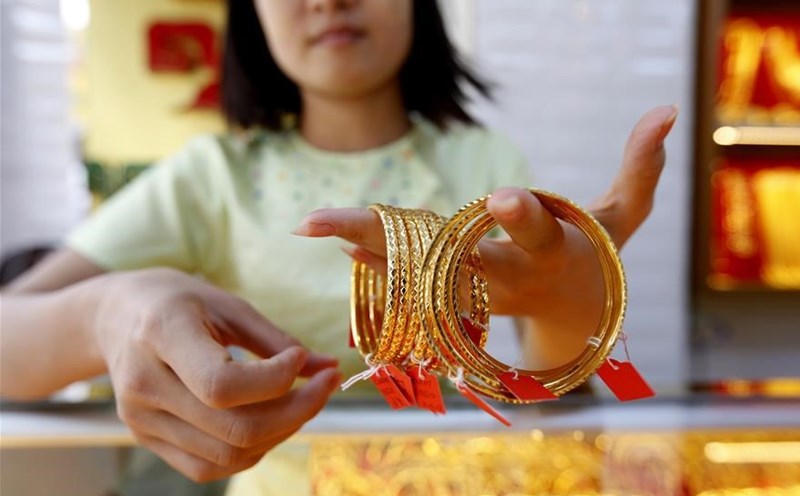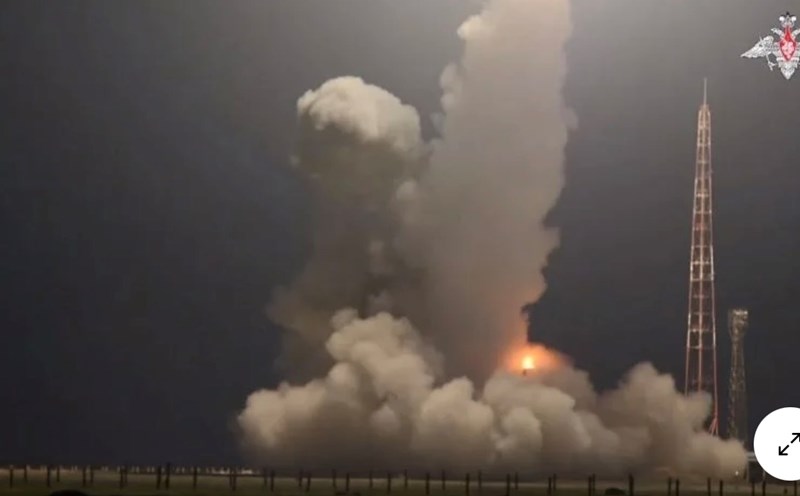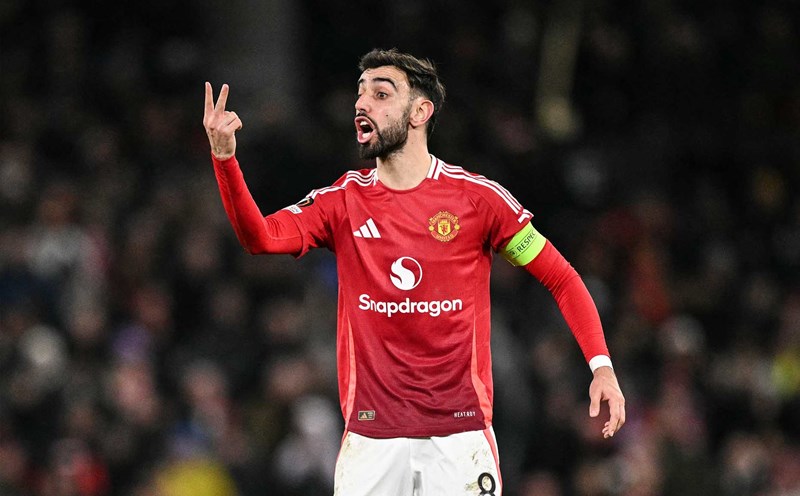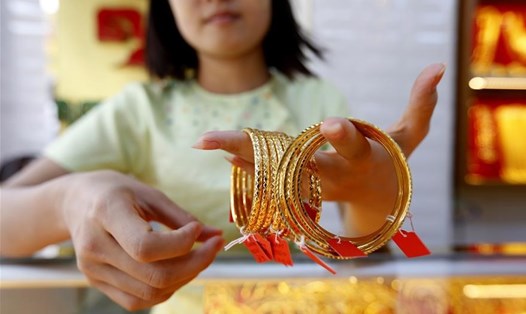In the October 2025 Commodity Market Forecast, the World Bank stated that gold is entering "a historic price increase cycle".
The agency forecasts that the average gold price in 2025 could reach around $3,250/ounce, up to 40% compared to 2024 - which has been a boom year for the precious metals market.
In 2026, gold prices are expected to continue to increase by about 5%, reaching an average of about 3,575 USD/ounce, with highs reaching 4,300 - 5,000 USD/ounce, if geopolitical tensions do not cool down and demand for shelter remains at record levels.
However, the gold rally could end in 2027. The World Bank forecasts gold prices to average around $3,375/ounce in 2027, down more than 5% from 2026.
According to the WB, this "unconventional" increase in gold stems from a series of global factors that are intertwined: Conflicts, inflation and shifts in international financial structure. As many major economies struggle between recession and public debt, gold has returned to its position as an alternative currency - the final shelter for both central banks and private investors.
A noteworthy detail is that the average price of gold is now nearly 150% higher than the 2015-2019 period, showing that the world is entering a new era of precious metals. During that period, every crisis, from pandemics, war, to financial fluctuations, contributed to strengthening gold's position as a measure of global confidence.
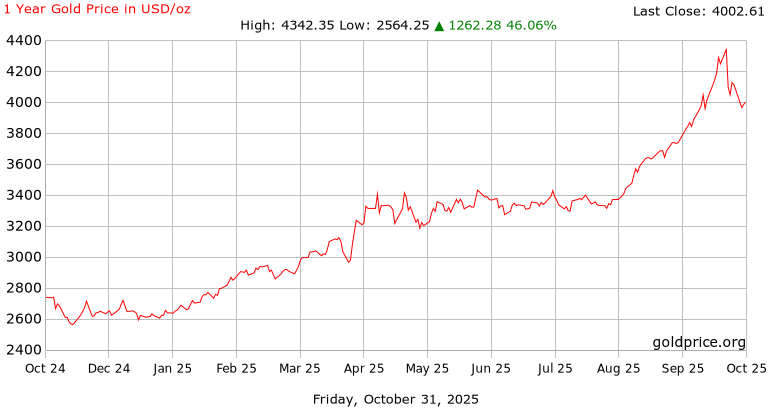
Not only individual investors, but financial institutions are also "turning the axis". Many central banks, especially in Asia and the Middle East, have stepped up gold purchases to reduce their dependence on the US dollar, in a trend known as de-dollarization. Capital flows strongly into gold ETFs such as SPDR Gold Shares (GLD), while stocks of large gold mining corporations such as Barrick Gold, Newmont Corporation and AngloGold Ashanti have increased in price simultaneously.
Along with the excitement, international financial institutions have also begun to warn. Some experts at the International Monetary Fund (IMF) believe that gold's rapid increase could create a bubble effect - when the Shelter mentality becomes speculation, pushing prices far beyond their real value. If risk factors such as war or inflation cool down, gold could adjust strongly, posing financial risks to markets that are too dependent on the metal.
However, in the short term, market sentiment is still leaning towards an optimistic scenario. With the weakening USD, less attractive bonds and a volatile stock market, gold has once again become the "throneless king" of the global financial community.
From a broader perspective, the increase in gold prices also reflects a change in global economic thinking. When monetary policy is no longer strong enough to reassure the market, when countries compete to store gold instead of USD, the world is entering a period where real value - not just face value - is on the throne.
World gold price at 4:00 p.m. on October 31, Vietnam time, was trading around 4,012.62 USD/ounce, up 0.25%.
Regarding domestic gold prices, SJC gold bar prices are trading around 146.9 - 148.4 million VND/tael (buy - sell).
The price of 9999 Bao Tin Minh Chau gold rings is trading around 146.2 - 149.2 million VND/tael (buy - sell).


